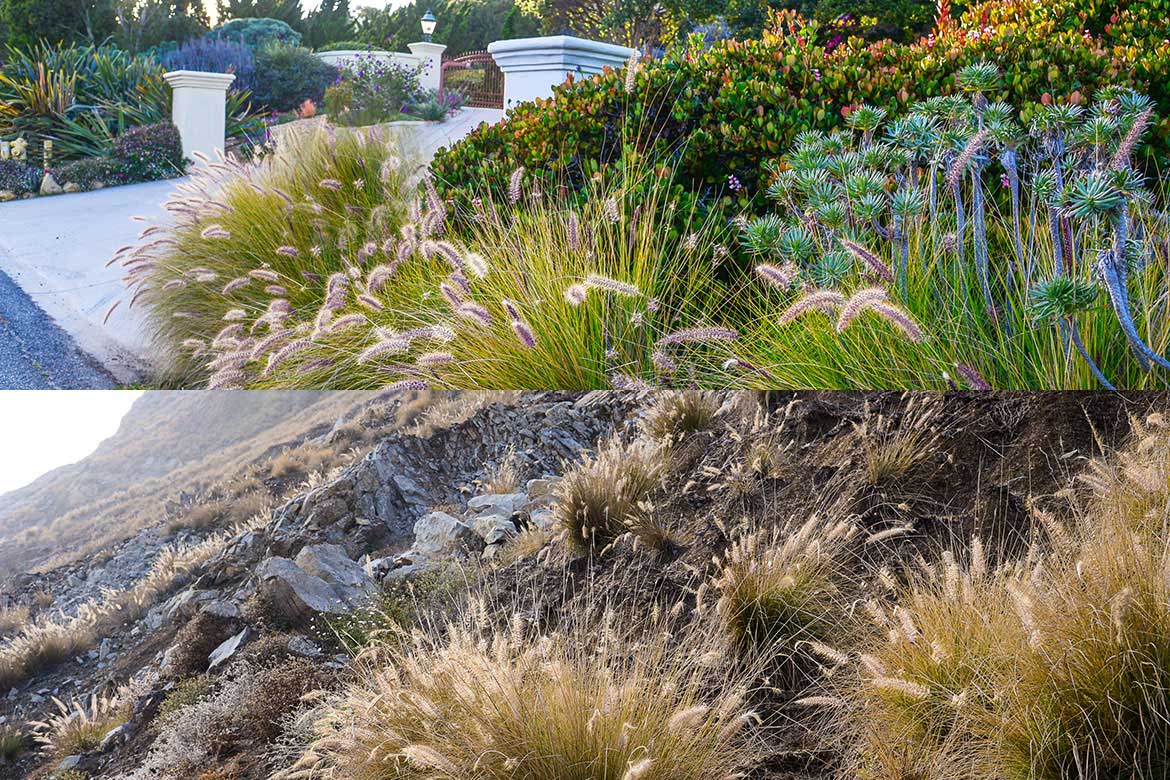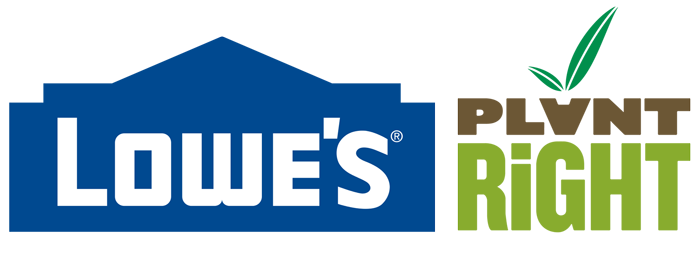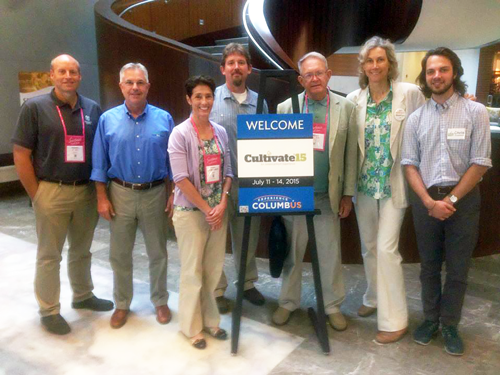
Good-intentioned landscaping turned bad: terribly beautiful green fountain grass planted in home gardens (top) soon invades bluffs in Point Mugu (Southern California – bottom), wiping out native plants in its wake. PlantRight’s Plant Risk Evaluation (PRE) tool predicts invasive behavior in ornamental plants with 95% accuracy – and helps the horticultural industry keep bad actors, like those above, off garden center shelves and out of our wildlands.

Lowe’s California Unites with PlantRight
Along with The Home Depot’s 200+ California outposts, we’re thrilled to now count Lowe’s and Orchard Supply Hardware Golden State stores among our “big box” teammates committed to stopping the sale of invasive plants on our list. From independent nurseries to garden center franchises, PlantRight offers many answers for environmentally savvy folks seeking guidance on all landscaping fronts. Find a PlantRight partner nursery in your area.
-
Following our 2015 nursery survey,
PlantRight retired its 15th plant from our dynamic list of invasive garden plants. Retiring a plant means it’s being sold at less than 1% of the stores we survey annually – and that, together, our outreach to stop the sale of invasive plants in California continues to make progress.
Each year, new invasive plants take deceptively alluring root in our Golden State. By displacing native plants and animals, increasing flood risk, and escalating fire danger, these leafy culprits rapidly pose threats to the homes of people and wildlife alike.
Fortunately, California has a strong champion against these pests in Sustainable Conservation’s PlantRight campaign. Each year, you help PlantRight grow smarter and stronger to stop invasive plants in their tracks. In 2015, our tenacious tendrils of change enlisted researchers, growers, and retailers to move yet another step ahead of problem plants.
Our Plant Risk Evaluation – or PRE – tool gives growers and distributors the power to know before they grow, and make even smarter business decisions that keep troublesome specimens out of regions where they may seed new invasions.
By not only removing these plants from store shelves, but preventing them from appearing on those shelves in the first place, we’re ensuring California’s native array of flora and fauna stick around for generations to come.
It may surprise you that nearly 50% of all known invasive plants are of horticultural origin. That means, in part, that certain seedlings innocently planted in home gardens and public spaces jumped the proverbial fence to wreak havoc on the wild landscapes beyond our back yards and highway medians. While the vast majority of plants sold at our local nurseries play nicely with their native, botanical neighbors, some can, and do, damage the environment.
Collaborating with folks at all points along the nursery supply chain is key to solving this costly, caustic problem. As California taxpayers, we share the over $80 million annual burden of removing horticultural pests from our wildlands!
With your help and science on our side, we’re working to shrink that number. We have assembled a coalition of nationally recognized horticultural professionals to sharpen our PRE deployment strategy, enhance the tool’s ease of use, and encourage industry-wide adoption. Now in its beta phase, the PRE database – built by UC Davis' Dave Waetjen, and hosted at Agricultural Sustainability Institute – continually incorporates user feedback to provide the most valuable resource possible.
As more growers, distributors, and plant marketers make PRE part of their business best practices, preservation benefits for our natural landscapes blossom.

Members of PlantRight’s all-star Plant Risk Evaluation (PRE) advisory group – including PlantRight Senior Project Manager Jan Merryweather, second from right – gather at Cultivate’15, the largest horticultural industry event in North America.
Knowledge is power. Thanks to the PRE tool, businesses and nursery customers can now join forces to keep leafy invaders at bay – and welcome many gorgeous, California-friendly plants into our gardens instead.
Together, we’re driving a market shift that will allow our Golden State wildlife, businesses, and communities to thrive in harmony.
